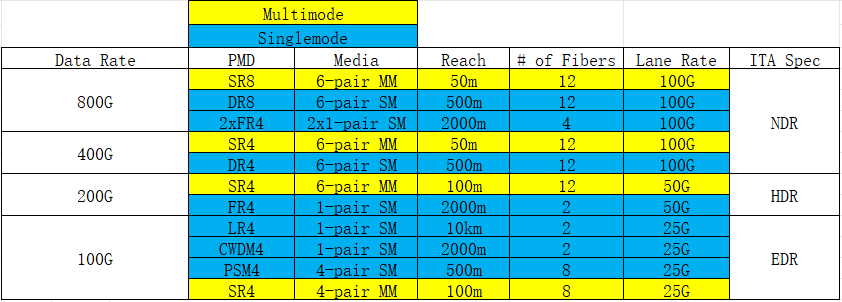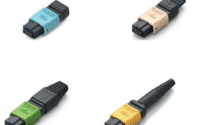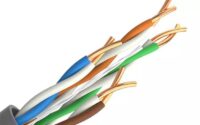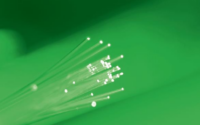Ethernet and InfiniBand in optical networking applications
Ethernet and InfiniBand in Optical Networking Applications
In today’s high-speed digital world, the demand for faster and more reliable data transmission has never been greater. The ever-expanding growth of data centers, cloud computing, and internet services requires robust networking technologies that can keep up with massive bandwidth requirements. This is where Ethernet and InfiniBand come into play, especially in optical networking applications.
Ethernet in Optical Networking
Ethernet’s transition to optical networking has enabled businesses to break through the limitations of copper-based infrastructure. With the advent of optical transceivers, Ethernet can now operate at higher speeds over longer distances, offering exceptional scalability and efficiency. This is especially important for enterprises and cloud service providers that need to handle large volumes of data traffic without compromising performance.
By utilizing optical fiber, Ethernet can deliver greater bandwidth, higher data transfer rates, and longer reach than traditional copper cables. Applications like video conferencing, real-time data processing, and cloud storage benefit significantly from the shift to optical Ethernet networking. Technologies such as 100GbE and 400GbE Ethernet are setting new standards for high-speed data transfer, and optical connections are critical in enabling these speeds over extended distances.
InfiniBand in Optical Networking
InfiniBand, with its high throughput and low-latency characteristics, is the go-to choice for environments that demand peak performance. In optical networking, InfiniBand is able to maintain its performance advantages while overcoming the limitations of traditional copper cables. InfiniBand over optical fiber helps achieve ultra-low latency and high bandwidth, making it ideal for high-performance computing (HPC) and big data applications.
InfiniBand’s ability to support large-scale data transfers and real-time processing makes it a key technology for applications such as scientific research, artificial intelligence (AI), and data-intensive workloads. Optical InfiniBand solutions enable data centers to handle increasingly complex workloads with ease, ensuring seamless connectivity and performance at scale.
InfiniBand Applications
The following pages outline the current InfiniBand transmission standards; both protocols are commonly found in AI networks. Structured cabling can support InfiniBand protocols:

The Future of Optical Networking with Ethernet and InfiniBand
As the world becomes increasingly connected, the role of Ethernet and InfiniBand in optical networking will only grow. Innovations such as coherent optics, wavelength-division multiplexing (WDM), and silicon photonics are pushing the boundaries of what’s possible, enabling faster speeds and greater efficiency.
Organizations that embrace these technologies will be well-positioned to meet the challenges of tomorrow’s data-intensive applications. Whether it’s powering the next generation of AI, enabling real-time analytics, or supporting global communication networks, Ethernet and InfiniBand in optical networking applications are paving the way for a faster, smarter, and more connected future.
In Conclusion
Ethernet and InfiniBand in optical networking applications represent the future of high-performance data transmission. With their ability to deliver higher bandwidth, longer reach, and reduced latency, they are shaping the next era of digital communications. By embracing optical fiber technologies, businesses can unlock unparalleled networking performance, ensuring they stay ahead in an increasingly connected and data-hungry world.
Explore more: For more information on InfiniBand Product and related products, visit TARLUZ.com or contact our experts for personalized advice.


